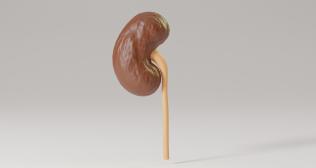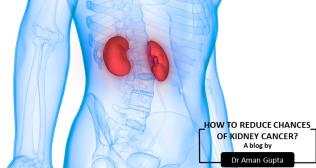
Uro-Lift Technique For Benign Prostate Enlargement
Hello, readers! I'm Dr. Mohan Keshav Murthy, the Director of Urology, Robotic Surgery, and Kidney Transplant at Fortis Hospitals, Bannerghatta Rd. Bangalore. Today, I am excited to discuss an innovative technique that has emerged in the Indian ecosystem for the treatment of benign prostate enlargement. This technique, called UroLift, offers a remarkable solution for individuals seeking relief from urinary symptoms without compromising their sexual function. Let's dive into the details!
Understanding Benign Prostate Enlargement
Unlike women who experience menopause, there is no equivalent condition called andropause in men. The hormone responsible for masculine traits, testosterone, continues to be secreted throughout a man's life. This perpetual stimulation often leads to the enlargement of the prostate gland as men age. Around the age of 45, approximately 3 to 4% of men experience prostate gland enlargement. The enlarged gland obstructs the flow of urine, resulting in bothersome symptoms such as difficulty in urination, frequent nighttime urination, incomplete bladder emptying, and sometimes even urinary tract infections or blood in the urine.
Diagnostic Investigations and Treatment Options
To confirm the need for intervention and rule out prostate cancer, we conduct basic investigations such as PSA (Prostate-Specific Antigen) test, ultrasound, and uroflowmetry. In recent years, due to prostate enlargement occurring at earlier ages, oral medications have been commonly prescribed as a first-line treatment. However, long-term use of these medications often leads to undesirable side effects, causing patients to become unwilling to continue the medication. Additionally, retrograde ejaculation, where semen flows backward into the bladder and mixes with urine during subsequent voiding, is another drawback associated with these medications.
The UroLift Procedure: An Innovative Approach
Conventional techniques such as transurethral resection of the prostate (TURP) using laser or bipolar electrical energy can be challenging to convince patients to undergo. In such cases, newer techniques like UroLift have emerged as a promising alternative. UroLift is a minimally invasive procedure that can be performed under local anesthesia on an outpatient or daycare basis. In some cases, general anesthesia may be preferred based on patient preference or coexisting comorbidities.
The procedure involves placing tiny implants, similar to rubber bands or pillars, to push the prostatic tissue away from the urethra. Typically, one to four implants are used, with four being the maximum. Using a cystoscope or endoscope inserted through the urethra, we deploy these implants symmetrically, starting with one pillar on one side of the prostate and adding a second pillar on the opposite side. Additional pillars may be added as necessary.
Benefits and Recovery
One of the significant advantages of the UroLift procedure is its swift recovery time, usually within 24 to 48 hours. Most patients can return home on the same day or occasionally the next day, and the procedure is associated with virtually no side effects. What makes UroLift truly remarkable is that it has no adverse impact on sexual function or ejaculation, unlike other alternative techniques such as the use of oral medications or TURP.
Should the patient develop a further obstruction in the next 5 to 10 years, a TURP can still be performed. UroLift has emerged as a godsend for patients with benign prostate enlargement who wish to preserve their ejaculatory and sexual function while effortlessly passing urine, just as they did in their younger years.
Choose Fortis Hospitals, Bannerghatta Rd. for UroLift
Categories
Clear allMeet the doctor

- Urology | Urology | Paediatric Urology | Uro-Oncology | Kidney Transplant | Robotic Surgery
- Organ Transplant | Kidney Transplant
-
26 Years
-
1700
 Available at 1 different locations
Available at 1 different locations




















